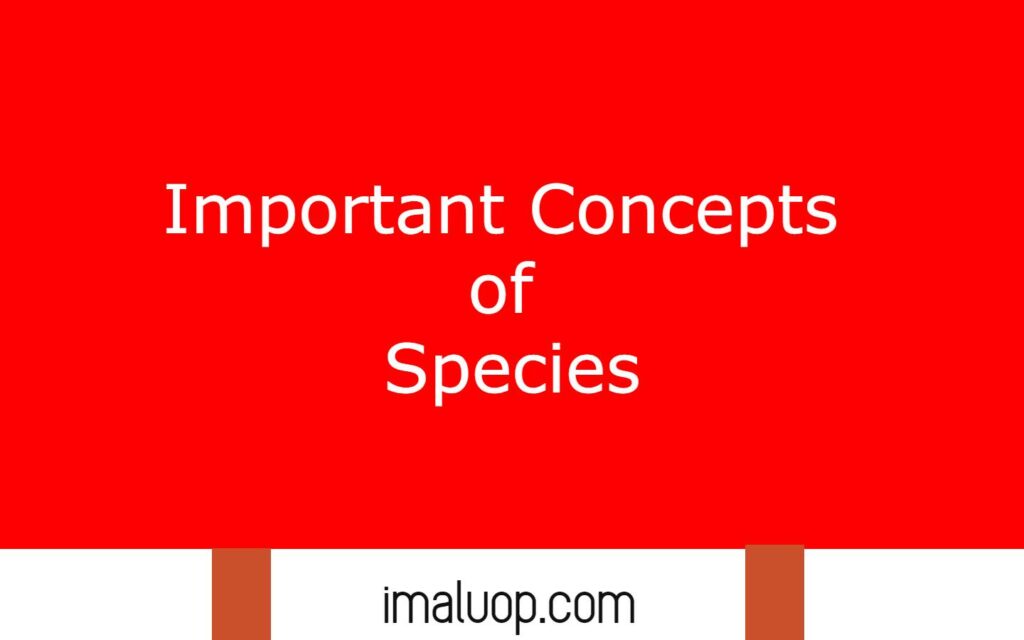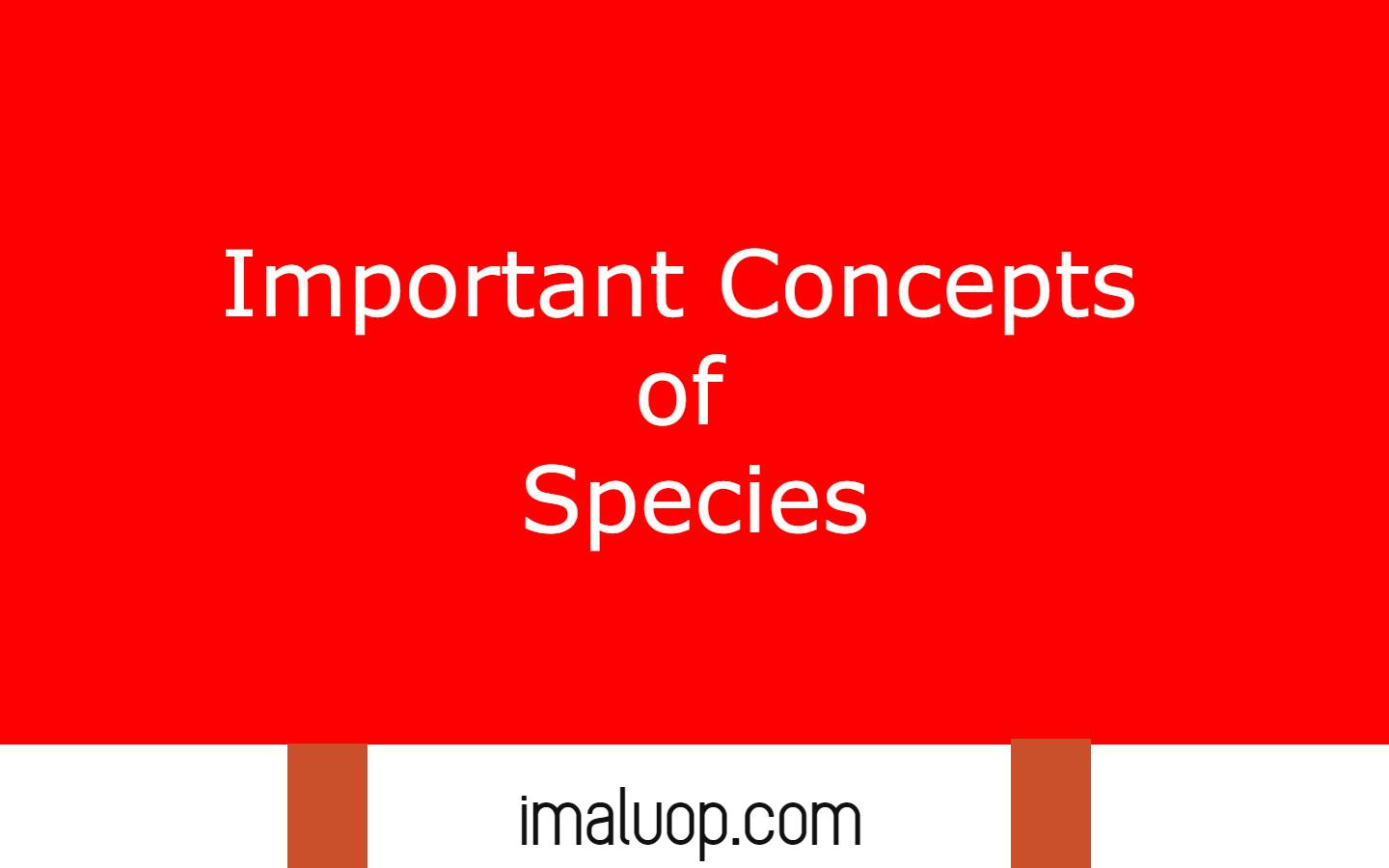Hi, now we are going to discuss important concepts of species in which we will discuss different criteria which makes a group of organisms into a group.
Table of Contents
Important Concepts of Species:
Typological Species Concept:
Aristotle and Plato were pioneers of this type of species in which morphological features which are visible externally can be used for determining a species.
As morphological features are used to determine the species, this concept is also known as morphological species concept and according to this concept different varieties in our earth are considered as individuals species and relationship among different varieties neglected in this species concept.
In this concept we can separate a species from others species by observing the external appearance like different morphological characteristics so this type of species is also known as morphospecies.
So in this species concept we need not to consider many complex aspects to separate a variety from other varieties by just using their essential characteristics and for this reason this species concept is also known as essentialist species concept.
Nominalistic Species Concept:
Occam and his followers give this concept in which they assume that in nature there are no existence of actual species but this concept is not scientific. Because in this concept we assume that all the organisms in the world are individual there are no actual group of organisms which can be labelled as species, the concept of species is man made there is no such existence in nature.
According to this concept, different organisms are individual, only humans imagine them as a group of individuals which are known as species, though it has no scientific basis, even today some botanists follow this concept of species.
Biological Species Concept:
After the publication of “Origin of Species” by Darwin this new concept of species came and it was formulated by Jordan and later Mayr also supported this new concept of species and this concept also known as Newer Species Concept.
According to this concept, different individual organisms can be grouped into species depending upon their ability for interbreeding means the individual in a species can reproduce but two individuals of two different species can not reproduce.
- Reproductive Community:
In a species all the individuals are potential mates of each other which means that there are no restrictions for breeding among different individuals of a species.
- Ecological Unit:
Among different individuals of a species there are some specific interactions which are very strong and separate other organisms for the organisms of a species.
- Genetical Unit:
All the individuals of a species contribute a common gene pool in which they interact with each other so they can be considered as a genetic unit.
Evolutionary Species Concept:
There were some drawbacks of the biological sciences concept which led to formation of a new species concept, evolutionary species concept and we will discuss Wiley and Simpson’s statement about this species concept.
- Simpson:
According to this concept a group of individuals can be categorised as a species when the individual of a group are a lineage of evolution and when they are evolving separately.
- Wiley:
In this concept the individual of a group needs to be a defendant of a common ancestor and must have its own evolutionary tendencies for being a species according to the evolutionary concept of species.
Types of Species:
Biological Species:
It is a group of industries who can perform sexual reproduction among the members of that group but they can not reproduce with other members of another group.
Microspecies:
It is a group of individuals which originated from single parent organisms and the resulting population is known as microspecies.

Evolutionary Species:
It is a group of organisms who are able to reproduce among themselves and results of evolution from a common ancestor so they are phylogenetically related organisms.
Read More: Charles Darwin and his Theory
Hi Everyone!!! Welcome to Imaluop. Imaluop always try to learn some new and he want to share to other people. Here we will try to learn various topics on Science, specially on Biological Sciences.
